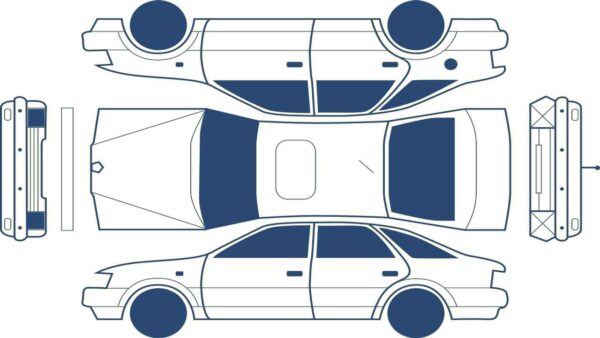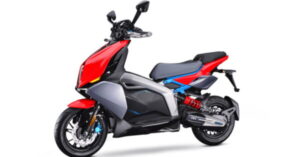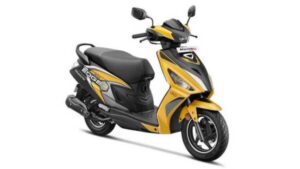Buying a new car involves not just capital backing, but also a thorough understanding of cars, or any other vehicle for that matter. A gas-powered vehicle contains dozens of new components, from the steering system to the front and rear suspension, all of which work together to accelerate your car, truck, or SUV along the road. Having the knowledge of the same enables you to understand stuff accurately when your vehicle requires new parts. You can try this company while looking for the best car parts shop in Australia. While it may seem like a foreign language, knowing how your vehicle’s steering and suspension systems interact with the rest of the vehicle is highly helpful in understanding how it works. Here is a guide on the 11 basic parts of a car:
- Engine:
The internal combustion engine is the true soul of your vehicle. The timing chain, camshaft, crankshaft, spark plugs, cylinder heads, valves, and pistons are all found in the engine block.
- Battery:
The battery stores energy in chemical form so that it can be released as electricity to power the electrical components of your car. Battery Terminal, Battery Capacity, Cold Cranking Amps, and Group Size are some other names you could hear when talking about a car battery. Your vehicle will not operate without a battery.
- Radiator:
The radiator is a heat exchanger that removes heat from the fluid in the cooling system, to keep your vehicle’s engine from overheating.
- Axle:
The wheel hubs are connected to the front and rear axles, which are cross members that support the vehicle. Axles are also part of your suspension system and are in charge of transferring power from the engine to the wheels.
- Brakes:
Your brakes, which are located on all four wheels, are one of the most crucial safety mechanisms of your car. When a vehicle is stopped or parked, these are employed to slow it down and/or prevent it from moving. Disc brakes and drum brakes are the two most popular systems.
- Fuel tank:
As understood by the term itself, it is a storage tank for the fuel or gas that runs your vehicle.
- Muffler:
Keeps the exhaust system quiet using baffles or other such materials.
- Tailpipe:
The tailpipe transfers exhaust gases from the muffler or catalytic converter to the vehicle’s back end.
- Front steering and suspension:
Helps handle the ride of the vehicle and turning the vehicle. Shocks/struts, ball joints, tie rod ends, rack and pinion steering system, and idler/pitman arms are common components of the suspension.
- Transmission:
The transmission is a vehicle gearing system that allows the driver (or engine computer) to pick lower or bigger gears to improve driving conditions without overworking the engine.
- Shock absorbers:
Shock absorbers are hydraulic devices used at each wheel of the suspension system to help control the up, down, and rolling motion of a car body by dampening the oscillations or jounce of the springs when the car drives over bumps, improving vehicle safety and passenger comfort.


















Be First to Comment